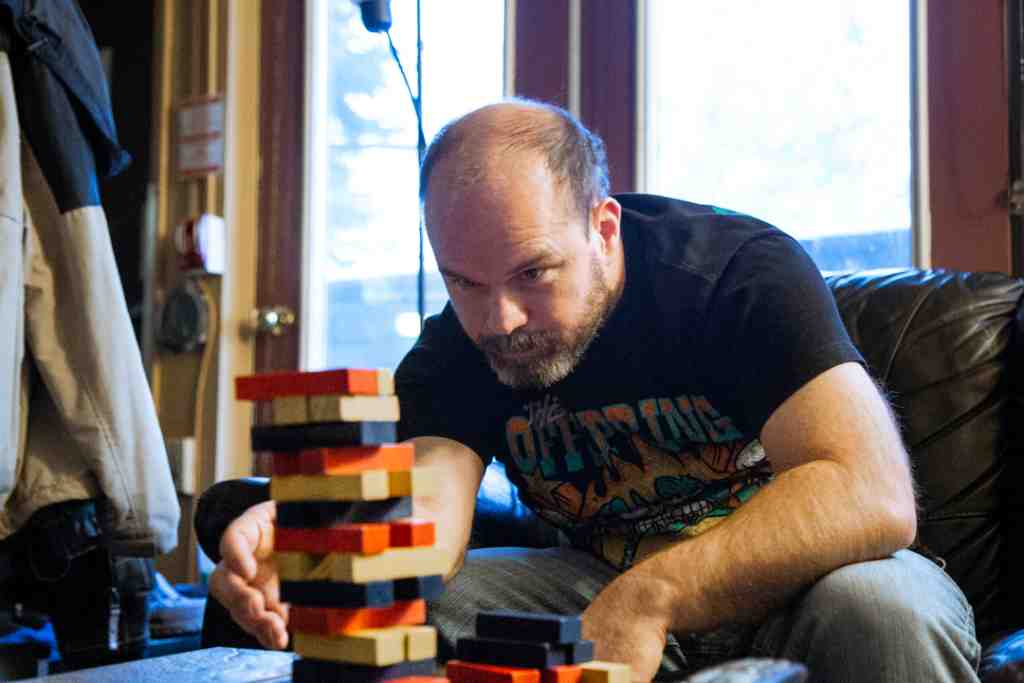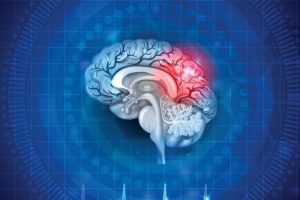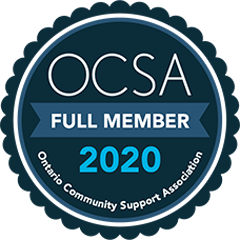Emotional and behavioural Changes after a Brain Injury
Some people are left with changes in emotional reaction or behaviour after a brain injury. These are more difficult to see than the more obvious problems such as physical impairments or even cognitive issues but can be the most difficult for the individual and their family to deal with.
The common, though variable, psychological consequences of head injury that may persist for some time include the following:
Not everybody will experience the problems below. The severity of the problems will also vary.
Agitation
This can be as a result of direct neurological damage, and frequently occurs at a very early stage after the accident. It can be a coping mechanism for the patient, who may be disorientated and very confused. It is most often a stage through which a person passes, rather than a permanent change.
For example, restlessness, pacing and pulling at intravenous tubes.
Explosive Anger and Irritability
Direct damage to the frontal lobes, which is the part of the brain which controls emotional behaviour and tolerance of frustration, can create emotional lability. This means emotions can swing to extremes. The stress of coping with even minor crises, such as misplaced shoes or a noisy vacuum cleaner, can be too much and trigger an angry outburst. If these stresses can be identified, they may be able to be reduced.
Frustration and Intolerance
Giving up easily and an unwillingness to stick to tasks because they become so frustrating must be addressed early in rehabilitation. Failure to treat this problem will undermine overall efforts in cognitive rehabilitation; the individual will learn early on to give up or not attempt tasks at all to avoid frustration.
Lack of Awareness and Insight
The mental ability to recognize your own behaviours and change them when needed is a sophisticated skill contained in the frontal lobes of the brain. Damage to this area affects the ability to be self-aware, have insight into the effects of personal actions, show sensitivity or feel empathy. It also means that a person may not fully appreciate or understand the effect that the accident is having on their life, health or family.
Impulsivity and Disinhibition
This is the lack of ability to control either actions or speech, this can be observed when the individual acts or speaks without considering the consequences, attempts tasks beyond his or her capabilities, starts tasks and answers questions before hearing full directions, and is due to neurological damage to the frontal lobes. This problem often goes hand in hand with lack of awareness, and the person may not be aware of breaching any social rules or etiquette.
A behavioural management system devised with the help of a neuro-psychologist can help improve the situation, and prevent a person from developing unacceptable behaviours through habit.
Emotional Lability
This describes a person's tendency to inappropriately and/or exaggeratedly laugh or cry due to a loss of emotional control and maybe related to a damaged limbic system or frontal lobes of the brain. Sometimes the individual will switch from "high" to "low" emotions unpredictably. Emotions may also be intense and quick to appear as well as to move from one emotional state to another very quickly.
Loss of control over emotions means the person has lost the ability to discriminate about when and how to express their feelings. This can be very tiring and embarrassing for family members to deal with, but in time a person can begin to re-learn emotional control.
Self-Centredness
For example, not showing any interest in family matters, and only being concerned with personal needs.
This can be partly due to direct brain injury affecting a person's ability to judge how another person is feeling, and may be partly due to a person becoming accustomed to the huge amount of attention focused on a head injury survivor while they were in hospital. The result can be very hard to cope with.
Apathy and Poor Motivation
Lack of motivation or spontaneity, or apathy, is a direct result of brain injury to frontal lobe structures that concern emotion, motivation or forward planning. Over time, lack of motivation can lead to social isolation and lack of pleasure. This reaction, in preventing any activity, often is used to protect oneself from failure. This inability to start actions independently of others and carry a sequence of steps through to completion is often corrected through close supervision and provision of structure. To help, activities can be broken down into small steps to avoid overwhelming the person.
For example, no interest in hobbies enjoyed previously, or not being bothered to get out of a chair all day.
Depression
Depression is a very common emotional reaction which comes on in the later stages of rehabilitation, often when a person realizes the full extent of the problems caused by the accident. This can be seen as a good sign, that a person is aware of the reality of the situation, and is coming to terms with the emotional consequences. 'Healthy' depression can be worked through in time, as adjustments are made. If a person feels emotionally blocked and unable to move on, professional counselling from someone who understands head injury may be helpful.
Anxiety
It is natural for people involved in a traumatic experience to feel anxious afterwards. Loss of confidence when faced with situations and tasks which are difficult to cope with is also a pretty normal reaction. However, long standing problems can occur if difficult situations are continually avoided, or if carers encourage dependence rather than independence. Talking about fears and worries is very helpful, and adopting methods of staying calm under stress can reduce the effect of anxiety on everyday life.
Inflexibility and Obsessionality
For example, unreasonable stubbornness, obsessive pattern of behaviour such as washing or checking things, or fear of possessions being stolen.
The person can lose the ability to jump from one idea to another, and becomes 'stuck' on one particular thought. This type of behaviour is often made worse by anxiety or insecurity, so reassurance is helpful, as is trying to redirect attention to more constructive ideas and behaviour.
Further examples of this deficit are seen in poor problem solving, due to failure to entertain alternative solutions, failure to evaluate possible influences of two or more variables and inability to look at problems from someone else's perspective.
DEFINITION OF ABI
Developed by the Clinical Data Working Group of the Toronto ABI Network and adopted by their Advisory Committee
TYPES OF HEAD INJURY
Describes the different types of brain and head injuries, including the complication and recovery process.
PHYSICAL CHANGES
Describes how brain injury may lead to physical changes which can be temporary or permanent, severity and location of the brain injury.
COGNITIVE CHANGES
Describes how cognitive changes after brain injury can affect the way a person thinks, learns and remembers.
EMOTIONAL/BEHAVIOURAL CHANGES
Describes changes in a person's emotional reaction or behaviour after a brain injury, often the most difficult for the individual and families to deal with.
HORMONAL CHANGES
Describes some of the common issues as they relate to hormonal changes following an aquired or traumtic brain injury.
FUNCTION & SYMPTOMS
Describes brain anatomy, its functions and symptoms following an aquired or traumtic brain injury.
3D BRAIN INTERACTIVE
Information on disorders, brain damage, case studies, and links to modern neuroscience research.
BRAIN STIMULATION
Describes the anatomy of the brain and its function with a special interactive feature.
Ranchos Los Amigos Scale
Describes this medical scale used to assess individuals after a brain injury, based on cognitive and behavioural presentations as they emerge from coma.
STATISTICS
Download the PDF document and view the staggering true numbers - and see how it compares with other health conditions.





